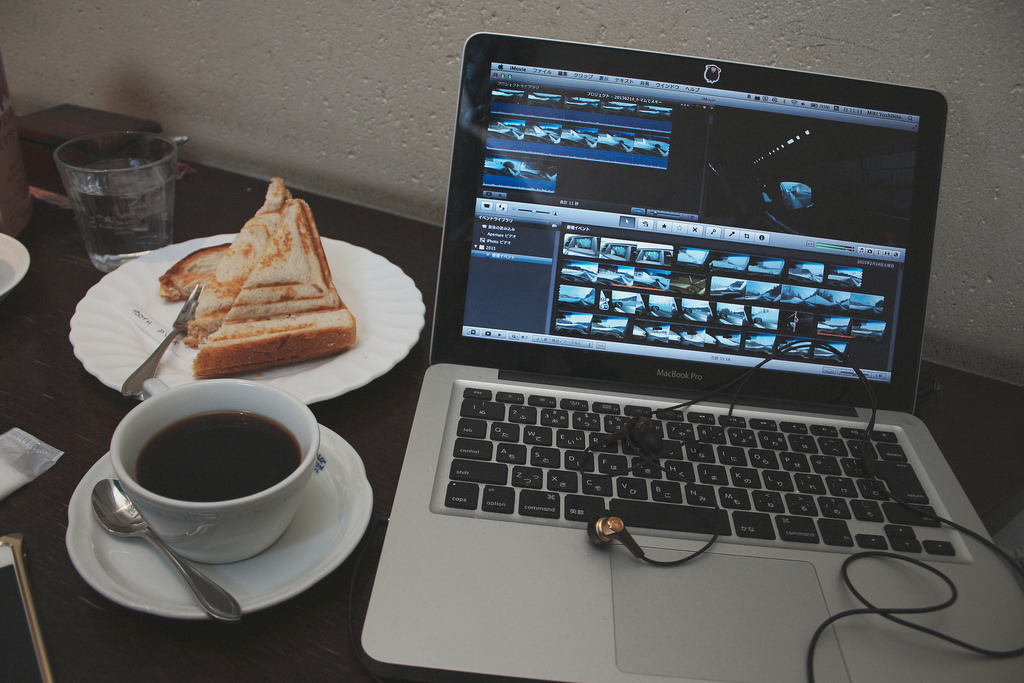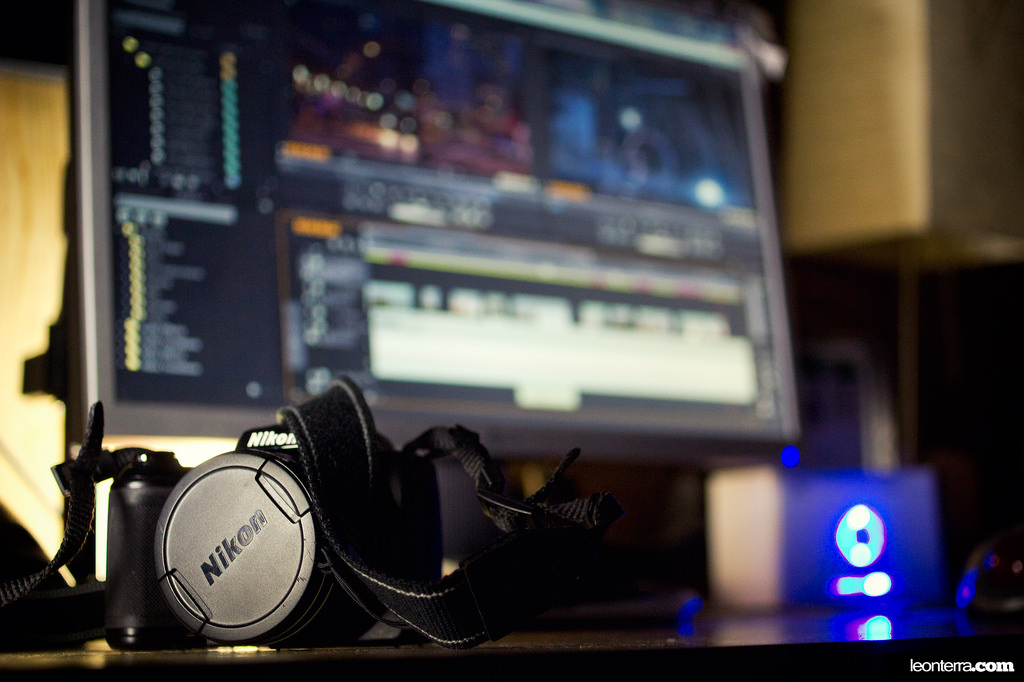Video editing has come a long long way. From the beginning of the 20th century, when film as a medium began to develop, editing meant simultaneously two things at once: the joining of shots as well as the manipulation of images. Many of the first films made were realist, documentary films, such as the Lumiere Brothers’ “Arrival of the Train,” which fascinated audiences and allowed them to recognize themselves and the places and events around them. Montage style developed as a counterpoint, where Soviet film makers such as Eisenstein juxtaposed contrasting or even unrelated shots to create new meaning. Rathern than tell a linear story, montage sought to evoke emotion. Montage gave rise to the formalist tendency, which began to see any form of video footage as fodder for creating illusions, magic tricks and fantastic worlds, a style begun by George Melies and continued by the Hollywood superhero 3D blockbuster of today.
Before the digital revolution, linear video editing was done with expensive video tape recorders (VTR) that did not promise quality and was were cumbersome. Later inventions such as the “flying erase-head” and vision mixers made the process easier. But the switch from celluloid to digital incited a fundamental change in the process. Gone were the days of handling magnetic tapes, and with the arrival of premier software such as Final Cut Pro and Adobe After Effects, digital video editing was here to stay.
This is the age of digital. Consequently, the norms of video editing are undergoing a tremendous change. Here, we give you a lowdown on the latest digital editing trends to watch out for.
1. Video Chapterisation Will Gain Popularity
In other words, we’re entering an age where instead of watching videos, we’ll be reading them — and instead of trial-and-error fast-forwarding to find a particular scene, we’ll only have to check the contents and find the right chapter or bookmark. Although most DVDs come with rudimentary chapter divisions, this will become more sophisticated, with careful allocation of sequences semantically, rather than on duration.
2. Your Smartphone May Become A Video Editing Station

Professional video and photo editing software with a multitude of features may become available on smartphones soon, meaning users can shoot a film, edit it, add special effects and title cards, and release it to YouTube, all from a smartphone. Before you worry that your Avid Media Composer skills are wasted, don’t despair: the entertainment industry, while flexible and able to adapt and absorb new trends like these, will still have need of professional editors able to apply advanced skill and precision. Phones will not replace post-production. Instead, digital editors can see this trend as an interesting opportunity to plug into popular culture and play with emerging new media.
Apps such as Adobe Premiere Clip and WeVideo can be used to make home videos or presentations. For professionals there are paid options, such as the powerful Pinnacle Studio Pro developed by Corel, with more sophisticated features.
3. Live Video Editing

Live videos are already a thing — whether you’re streaming a rock show live on Facebook timeline or showcasing a 30 sec clip on Instagram. And live video editing is going to be the next big thing. While it’s still at a nascent stage, with live editors rushing to apply filters or emoji to recorded content or camera switching in TV, you’ll soon see innovative developments in this space. The app Lumify, for instance (only available on ios), let’s you edit video from the moment you start recording, for example changing the white balance or focus exposure.
We’re entering an age where one records and edits simultaneously. Soon, more complex features will become easily available, particularly designed for seamless video transitions so as to make sure the audience does not notice the cuts between shots.
You can expect the video editing industry to boom, and as a digital editor you’ll be expected to know the fundamentals of editing as well as the new trends. Even beyond editing digital content with film or advertising companies, your skills can apply in many new fields — from marketing strategies to social media promotion.
Hone your storytelling skills and develop an understanding of technical digital editing tools and techniques through our variety of hands-on digital editing programs. Learn more about our program offerings by visiting the Digital Editing Programs page.


